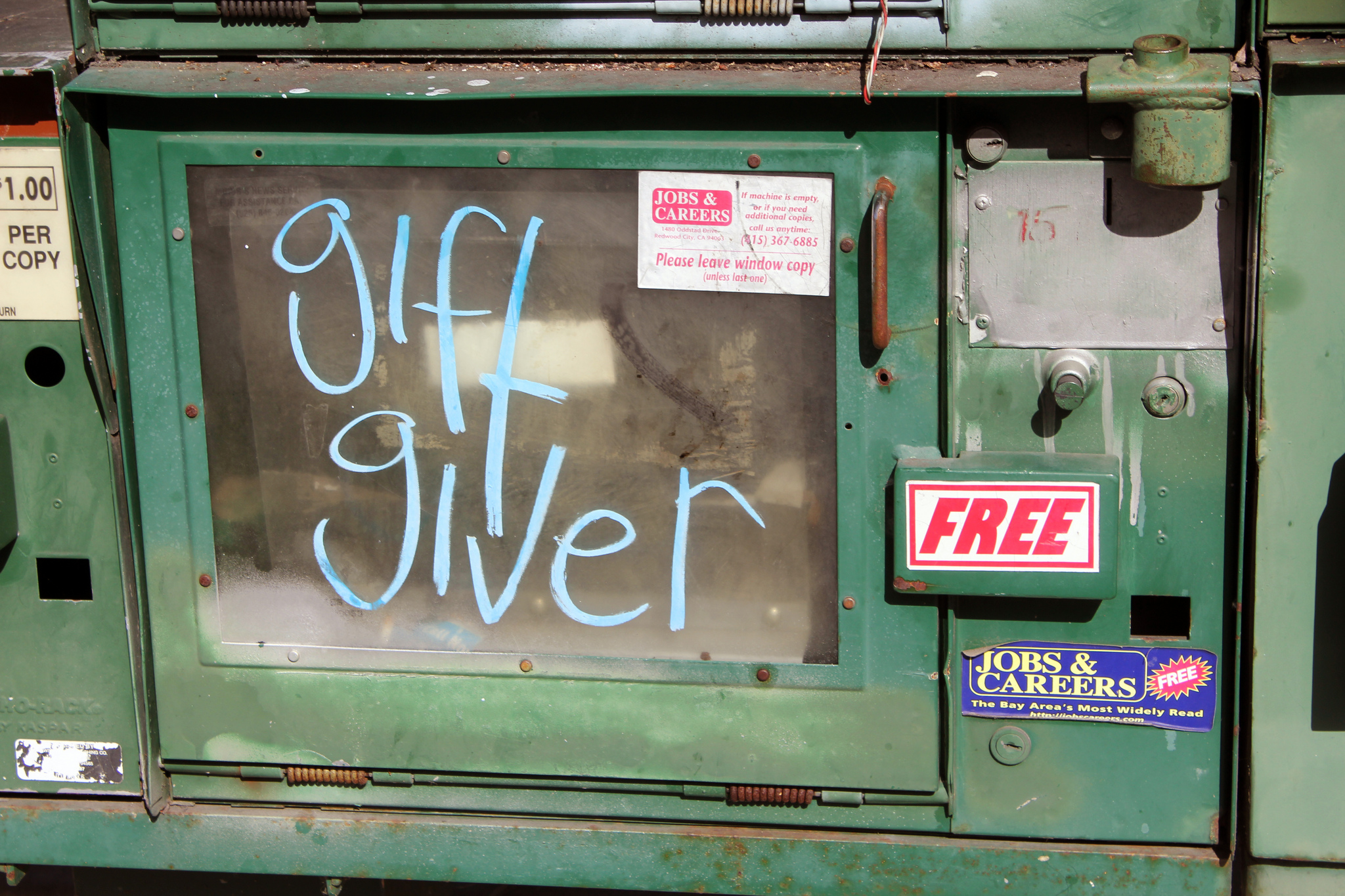Adam Grant author of Give and Take (*) says success is a combination of hard work (motivation), talent (ability), and luck (opportunity)… but there is a fourth element — how we style our interactions with others.
In other words, how relate to others and collaborate with our co-workers matters:
- Takers – want more than they give
- Matchers – equally give what they get
- Givers – give more than they get.
When takers get what they want in a relationship, usually someone loses because they have competitive win/lose perspectives and they want to be the winners.
The problem is that people can spot takers and can tell when the takers are just out for themselves, because as people work with takers over time the takers self-centered reputation develops. Takers “kiss up, and kick down” (they show deference to their superiors and condescension and are controlling to their subordinates or peers).
Alternately, givers don’t see things competitively so they want a win/win situation. When givers get what they want, both they and the beneficiaries win and the success spreads rather than stops. This means that givers develop relationships that build their reputations and success.
Givers make better team members and leaders because the farther an employee advances, the more success relies on teamwork and collaboration. Takers can start to suffer when they move out of independent (individual contributor) roles but givers can thrive on collaborative teams and leadership roles where working with others is a success factor.
In addition to being better collaborators, givers add to their knowledge because givers learn when they help others solve their problems — they can increase their knowledge base and cross knowledge disciplines, adding to their cognitive matrices.
So what? The point of it all…
My PhD committee always asked me to tell them the “so what?”, or the importance of a point I was making — so if they are reading this, here’s the “so what?”:
- Adam Grant’s concept of taker, giver, and matcher furthers our view on a how individuals and their behavior influence creativity between and among them and members of their social community. Instead of individual creativity simply relying on personality traits like the Big Five (which are relatively stable over a lifetime) how the individual interacts in their environment can change depending on their environment, among other things.
- From an academic viewpoint, Adam Grant’s give-and-take concept align with Activity Theory’s “role” element. Being a giver or taker is a particular behavioral role that a person enacts in the workplace. Just as people may identify with being a “project manager” at one company and a “senior IT analyst” at another , they might enact the role of “taker” or a “giver” depending on the company.
- The roles that we study in workplace activity systems are not confined to the roles workplaces use such as division of labor titles — they can be based on any differentiated groupings of behavior, increasing the complexity of studying these kinds of systems while also adding to the richness of the perspectives.
* From the chapter “Good Returns”.
Image “Never look a newspaper dispenser in the mouth” by Quinn Dombrowski and used under CC BY-SA 2.0
